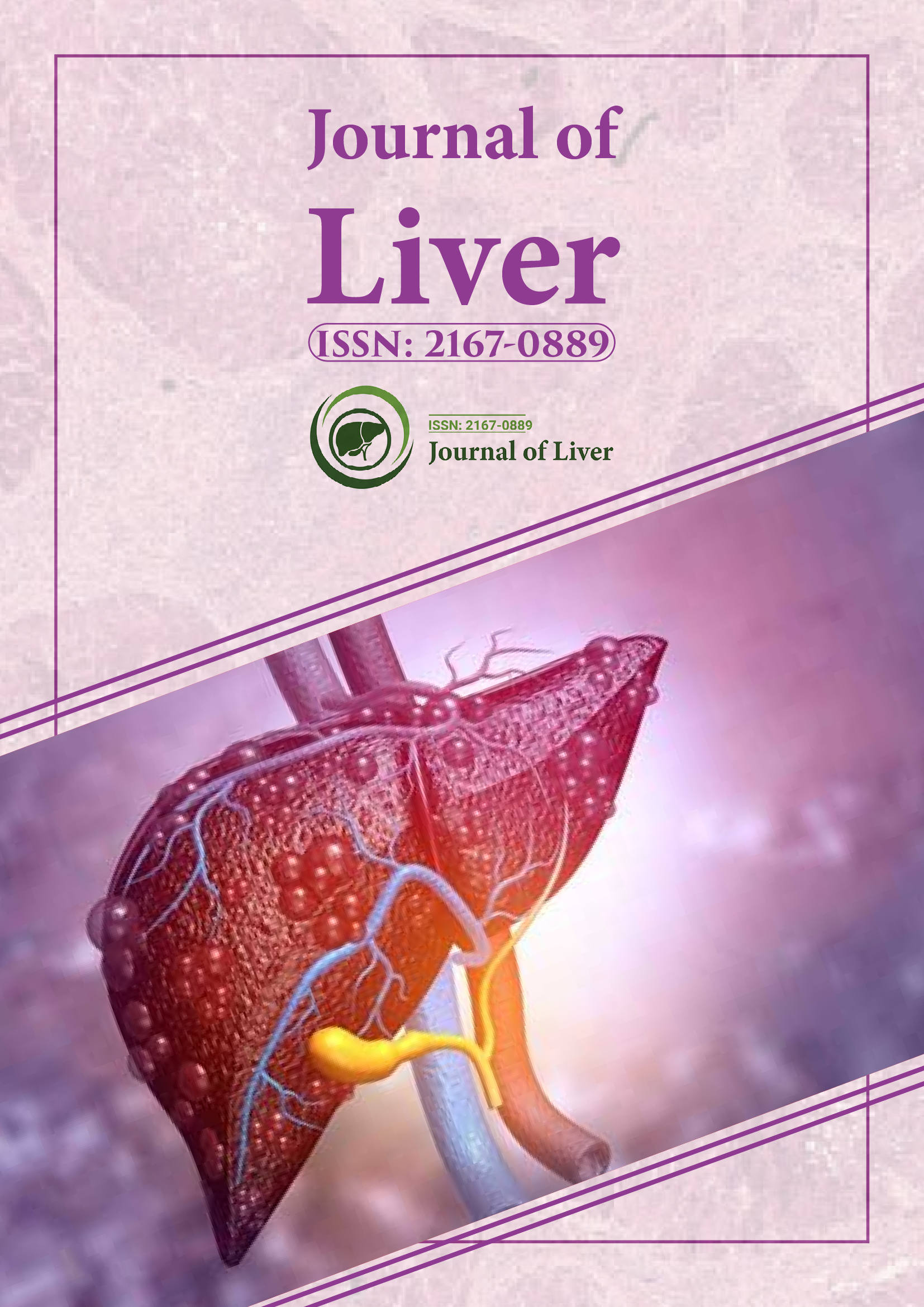Indexed In
- Open J Gate
- Genamics JournalSeek
- Academic Keys
- RefSeek
- Hamdard University
- EBSCO A-Z
- OCLC- WorldCat
- Publons
- Geneva Foundation for Medical Education and Research
- Google Scholar
Useful Links
Share This Page
Journal Flyer

Open Access Journals
- Agri and Aquaculture
- Biochemistry
- Bioinformatics & Systems Biology
- Business & Management
- Chemistry
- Clinical Sciences
- Engineering
- Food & Nutrition
- General Science
- Genetics & Molecular Biology
- Immunology & Microbiology
- Medical Sciences
- Neuroscience & Psychology
- Nursing & Health Care
- Pharmaceutical Sciences
Abstract
The Study of Levofloxacin Effects on Liver Tissue in Wistar Rat
Nazila Vahidi-eyrisofla*,Mehdi Ahmadifar,Ali-Mohammad Eini,Arsalan Kalami
Introduction and objective: In this study, we examined the effects of the antibiotics levofloxacin on the liver as well as its devastating effects which are ensued from its over-prescription. Levofloxacin serves as one of the antibiotics of genitourinary system and inferior respiratory system. Since liver is the foremost organ that receives all the materials absorbed by intestine through the portal vein, and it is the organ that must neutralize venoms, the toxic effect of most medications on liver manifest itself quicker than other organs. Methodology: For this study, the experiment used 50 male Wistar rats each weighing approximately 250 ± 15 g. Experiments were conducted. In the first experiment, G1-control, G2-control sham, G3-control plus 0.03 mg/kg, G4- control plus 0.06 mg/kg, G5-control plus 0.08 mg/kg for a 60 days experimental period. The drug was administered orally once a day. Result: Comparing the enzyme levels of SGOT and SGPT in the treatment, control and sham groups, it represented that there was a rise in the enzyme levels as a result of liver damage caused by taking antibiotics. Observing the microscopic slides of the liver tissue of the treatment group, it suggests sinusoid destruction, the loss of bile ducts, irregular placement of adjacent cells and the absence of Kupffer cells, which in turn confirms the negative effect of levofloxacin on liver tissue. Conclusion: Like other medications, levofloxacin can exert adversary effects as well as positive effects. Since one of the tissues which are susceptible to this effect is liver, we must bear in mind when it comes to prescribing this medication.
